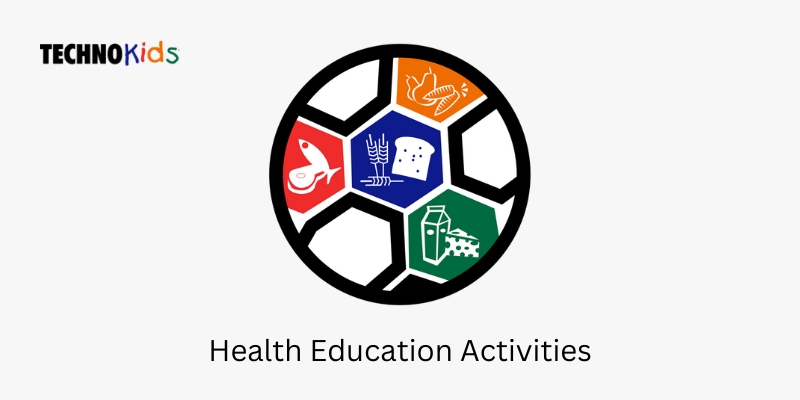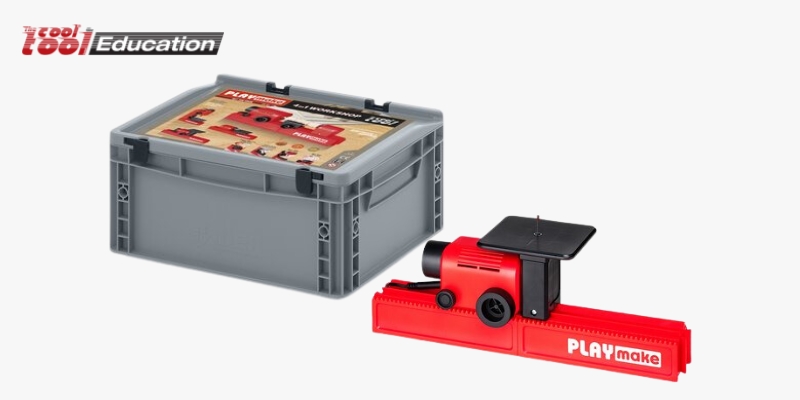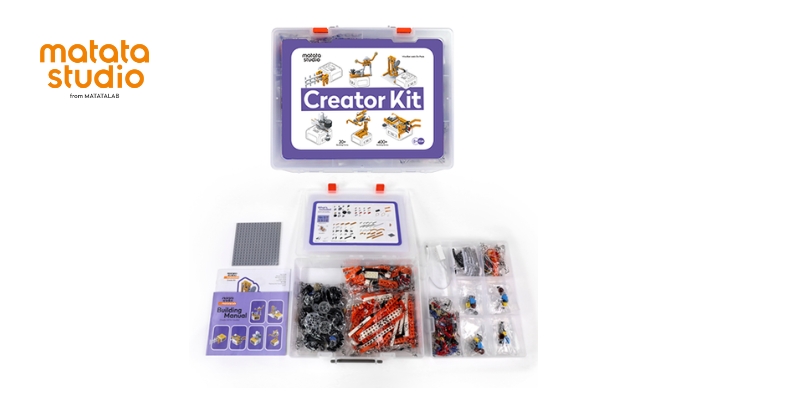
Fun Facts About IoT and How VinciBot Introduces IoT for Students
The Internet of Things (IoT) is reshaping the way we connect the digital and physical worlds. By enabling seamless communication between devices, IoT allows data to transfer across networks without requiring human intervention. This revolutionary technology has become a cornerstone of digital transformation, influencing industries and everyday life alike. With IoT, the possibilities are endless, creating a smarter, more connected world. Here are some incredible fun facts about IoT for students that showcase its impact and potential.
IoT is Older Than You Think
The concept of IoT dates back to 1982 when a “smart” Coke machine at Carnegie Mellon University could report its inventory and whether drinks were cold.
Billions of Devices
By 2025, over 75 billion devices are expected to be connected to the Internet of Things. That is almost ten times the world’s existing population!
Massive Data Generation
Every year, the world produces roughly 120 zettabytes of data. It’s estimated that IoT devices alone will generate 73.1 zettabytes of data by 2025, which is enough to fill billions of smartphones!
Incredible Connectivity
In 2025, an estimated 152,200 IoT devices will connect to the internet every minute. This rapid growth highlights how integral IoT is becoming to everyday life.
Smart Homes on the Rise
By the end of 2025, 57% of U.S. households are expected to have smart home devices like thermostats, security cameras, and voice assistants.
IoT in Space
IoT isn’t limited to Earth. Satellites and space probes use IoT technology to send data back to scientists, aiding space exploration.
Farming Goes Smart
IoT has revolutionized agriculture with sensors that monitor soil moisture, track livestock, and automate watering systems, boosting efficiency and sustainability.
Saving Lives
IoT-enabled medical devices, such as smart insulin pumps and heart monitors, can track patients’ health in real-time and alert doctors during emergencies.
Smart Factories Mean Big Money
In North America, IoT-powered factories are projected to contribute between $500 billion and $1.5 trillion to the economy in the next five years.
Enormous Investments
Businesses worldwide are expected to invest up to $15 trillion in IoT by 2025, demonstrating its immense value and potential.
IoT Powers Learning
From connected classrooms to smart educational tools, IoT is shaping the future of education, making learning more interactive and engaging. This growing trend highlights the importance of IoT for students, giving them access to innovative tools and real-world applications.
IoT in Sports
IoT is transforming sports by tracking player performance, enhancing training, and improving fan experiences in stadiums.
A Tech-Powered Future
IoT is not just about gadgets; it’s about connecting industries, homes, and even cities for smarter and more efficient living.
Meet VinciBot: Bringing IoT to the Classroom
VinciBot, developed by MatataStudio, is a revolutionary coding robot designed to introduce children to the exciting world of the Internet of Things (IoT). With its hands-on approach and interactive features, VinciBot makes learning about IoT accessible in schools across Dubai and around the world. Here’s how it brings the concept of IoT for students to life:
Connecting to the Digital World
- Demonstrating Connectivity: VinciBot connects to the internet just like any modern smart device. This feature introduces students to the basic idea of network connectivity, a cornerstone of IoT.
- Interacting with Other Devices: VinciBot can communicate with other devices, forming a mini-ecosystem of interconnected gadgets. This setup helps children visualize how IoT devices collaborate to create smarter environments.
Introducing Tiny Machine Learning (Tiny ML)
- Learning and Adapting: VinciBot incorporates Tiny ML technology, allowing it to process data, recognize patterns, and make intelligent responses. This offers a hands-on introduction to machine learning, a critical component of IoT.
- Practical Demonstrations: As students program VinciBot to adapt its behavior based on input data, they gain insights into how IoT systems use data analysis to optimize functionality in real-life applications.
Real-World IoT Applications
- Building Environmental Monitors: Students can program VinciBot to track conditions such as temperature and humidity, simulating how IoT sensors are used in smart homes and environmental monitoring.
- Creating Automation Systems: VinciBot enables children to build basic automation projects, such as turning lights on and off or triggering specific actions based on sensor inputs. This highlights IoT’s role in enhancing efficiency and automation.
VinciBot is more than a coding robot—it’s a gateway to understanding IoT for students and developing essential 21st-century skills.










Recent Comments